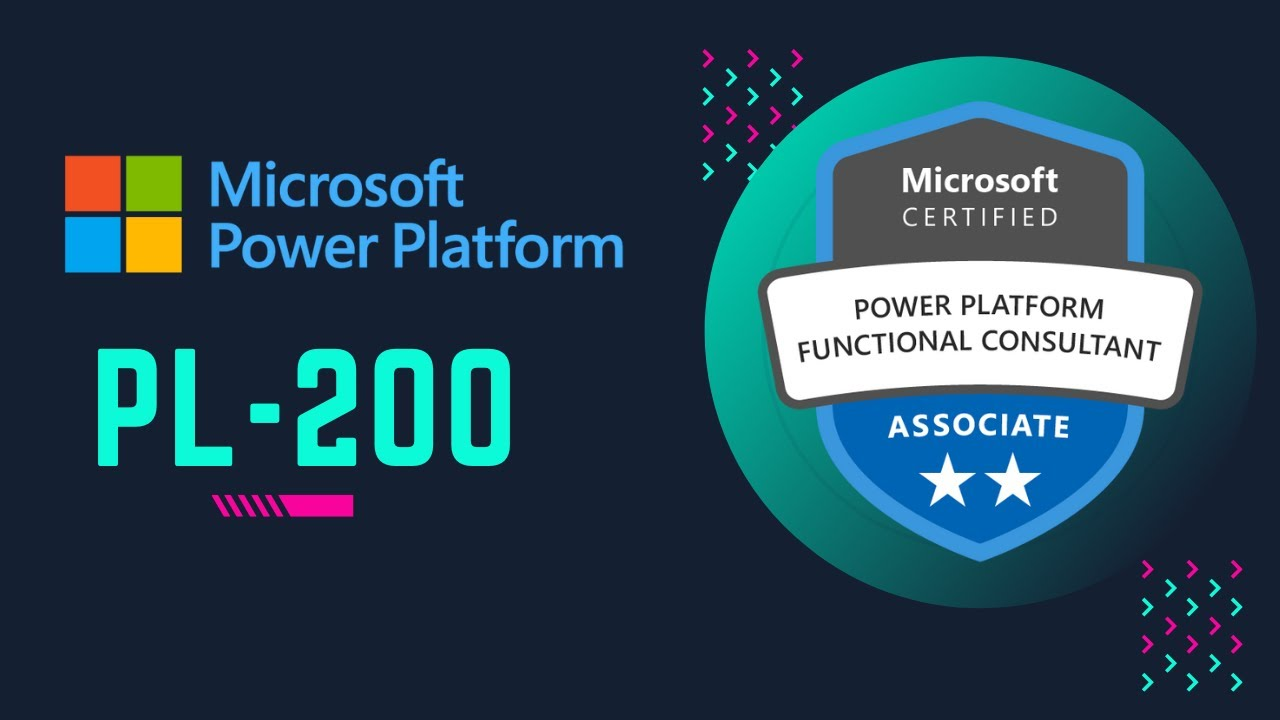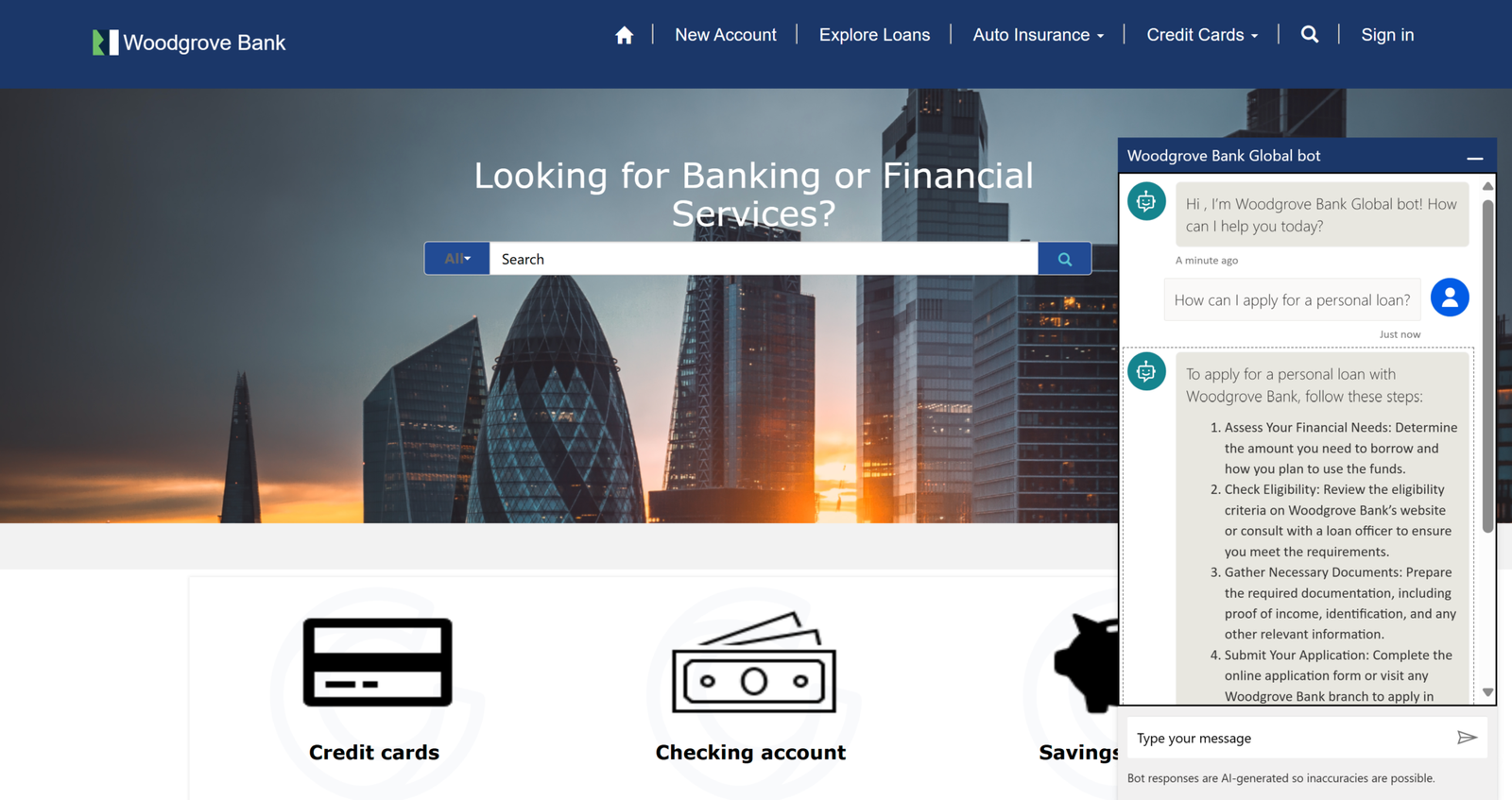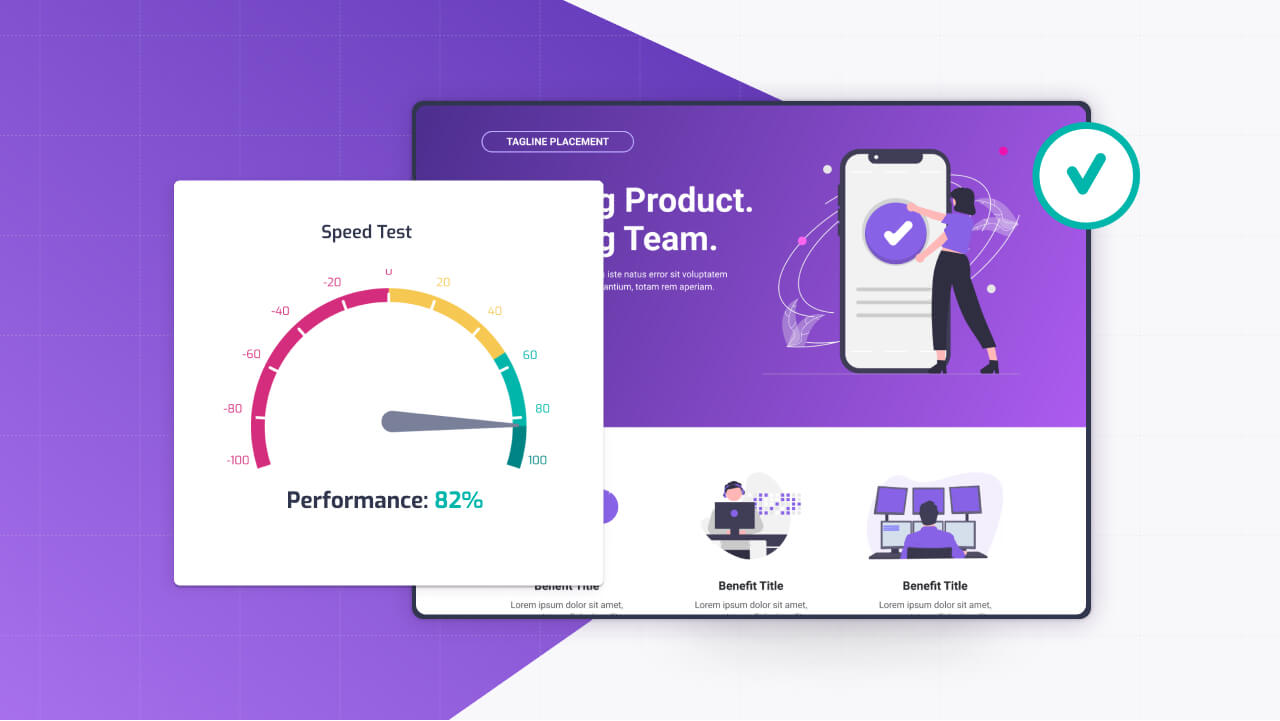The PL-200 exam is the only exam required for obtaining the Microsoft Certified: Power Platform Functional Consultant Associate certification. Candidates for this exam are functional consultants who leverage Microsoft Power Platform to support and meet the requirements of businesses, ensuring solutions are designed and implemented to facilitate efficient operations and tasks.
According to Microsoft, candidates for this exam must possess the capability to configure, implement, and maintain Power Platform solutions. This includes expertise in automating business processes with Power Automate, analyzing data with Power BI, creating and managing apps with Power Apps, and enhancing customer engagement with Dynamics 365.
In this PL-200 Study Guide, I will present a step by step learning path, video tutorials, and informative links to articles and blog entries to help you pass it.
If you find it helpful, please share it with someone who wants to take the exam!
Skills Measured Explained
Before we go into the study guide, let’s take a look at what Microsoft is measuring in this exam:
1. Configure Microsoft Dataverse (25–30%)
Configuring Microsoft Dataverse is a crucial skill for candidates taking the PL-200 exam, making up 25-30% of the exam content. Microsoft Dataverse today is the best place to store data when creating Power Platform and Dynamics 365 apps, since it’s a very secure and scalable data storage and management system.
For the purposes of this exam, mastering Dataverse configuration involves understanding how to set up and manage data models, including entities, relationships, and fields. You should be adept at implementing business rules, workflows, and permissions to ensure data integrity and security.
This part of the exam also requires familiarity with the configuration of security settings, including roles, access levels, and field-level security to protect sensitive data. Understanding how to import and export data, as well as integrating with external data sources using virtual tables and data gateways, is essential.
The ability to tailor Dataverse to specific organizational needs by customizing forms, views, and dashboards is another key competency. This includes leveraging Power Apps to create custom business applications that interact with Dataverse.
As Dataverse is the backbone for data across many Microsoft services, you need to also be familiar with its integration capabilities with other Microsoft products and third-party services to create comprehensive, efficient solutions.
2. Create Apps Using Microsoft Power Apps (25–30%)
Creating apps with Microsoft Power Apps is another critical skill covered in the PL-200 exam, accounting for 25-30% of its content. Power Apps is a suite of apps, services, connectors, and a data platform that provides a rapid development environment to build custom apps for business needs.
As a power platform functional consultant, you must be proficient in designing and developing both canvas and model-driven apps that solve business problems and improve workflows.
For canvas apps, this involves understanding user interface design principles, configuring data sources, and customizing apps with formulas and custom code to create a tailored user experience. For model-driven apps, candidates need to know how to leverage the power of Dataverse to model business data and processes, creating apps that are driven by the underlying data structure.
Skills in managing app lifecycle, including versioning, sharing, and distribution through Microsoft’s AppSource or internal company repositories, are essential. You should also be familiar with implementing best practices for app performance, accessibility, and usability to ensure that apps are efficient, inclusive, and easy to use.
3. Create and Manage Logic and Process Automation (25–30%)
This skill set, which takes about 25-30% of the PL-200 exam, focuses on automating business processes to increase efficiency and reduce manual tasks. Mastery in this area includes creating, managing, and deploying automated workflows using Power Automate. You should understand how to use triggers, actions, and connectors to automate routine tasks across various applications and services.
Expertise in building business logic through flows, including conditional logic, loops, and branching, is crucial. This involves integrating various data sources and services to create seamless workflows. Understanding the capabilities of AI Builder for process enhancement through AI models, such as form processing, prediction, and object detection, is also valuable.
You are expected to manage and troubleshoot workflows, ensuring they are optimized for performance and scalability. This includes monitoring flow executions, analyzing performance metrics, and making necessary adjustments to improve efficiency and effectiveness.
4. Manage Environments (15–20%)
Managing environments is about 15-20% of the PL-200 exam and involves overseeing the Power Platform environments in which apps, data, and automations reside. This skill requires an understanding of how to create and configure environments based on business needs and governance policies. You should be familiar with setting up environments for development, testing, production, and their specific purposes and restrictions.
Knowledge of managing security in environments, including configuring user access, roles, and permissions, is essential. you must also understand how to apply data loss prevention policies to safeguard data and comply with organizational standards.
Another critical aspect is the ability to monitor and maintain environment health, including analyzing usage metrics, managing resources, and performing updates and backups. This ensures that the Power Platform environments are running efficiently, securely, and in alignment with business objectives.
Study Roadmap
Now that you understand what the skills the exam measures are all about, let’s take a look at a couple of resources you can use to prepare for the exam.
Step 1: Watch the exam preparation video by Shizam Shukla
In this 3 hour long video, Shivam Shukla goes over and explains all the different concepts and skills the exam measures, as well as show practical examples of how these concepts are used in real life scenarios.
In my opinion, this comprehensive 3-hour video tutorial is the best way to start preparing for the exam, especially for those who like both reading and watching content. Once you have finished it, move on to the next step.
Step 2: Go through the Microsoft Learn material
The Microsoft Learn material is a fantastic resource to use when preparing for this exam for 2 major reasons:
1. Always up to date: As we all know, Microsoft loves to add, change and deprecated features all the time, and these changes are also reflected in their exams. Microsoft Learn does a great job of keeping its information fresh and up-to-date, since its written by the people that make these changes.
This means you’re always learning the newest stuff, which will definitely help out in the exam.
2. You can use it in the exam itself: What’s really cool about Microsoft Learn is that you can use it while you’re taking certain exams. Yes, you can actually look stuff up during the test, but only in the Microsoft learn material.
This means that getting to know how the Microsoft learn material is put together, and where you can find the different information that you might need during the exam is crucial.
You can check out the Microsoft learn material here, you will find it when you scroll down about half way through the page. Once you have gone through it, move on to the next step.
Step 3: Take the practice Assessment for Exam PL-200
Now that you have gone through both the video and the Microsoft Learn material, its time to assess your knowledge and see if you are ready for the exam.
To do this, go through the Practice Assessment for PL-200. This is another resource provided by Microsoft thats specifically made for you to assess your readiness for the exam itself.
Its a series of 50 questions that are similar to the ones that show on the exam. You have no time-limit during this one, so I recommend that you set a timer for about 1 hour to see how far you get through the questions.
Keep in mind that unlike the actual exam, this practice assessment does not include labs or case studies, which almost always show up on the actual exam, but it’s still one of the best resources to use when studying for PL-200.
If you pass the assessment and feel ready to book the exam, then it’s time to give it a shot, if not, then go through steps 1 and 2 again.
NOTE: You can only do the exam about 5 times PER YEAR, and there is a waiting period after the 3rd attempt, so do not spam it. If you failed the first try, study again and study harder to make sure to pass it on the second try.
Don’t Buy Any Damn Books!!
For the love of god just don’t do it. If you search online, you will find plenty of exam guides in book format that can be purchased on websites like Amazon.
Think about it, those paper books have not been updated since the time they were printed, which means not only do they not cover the latest skills measured in the exam, but are most likely also outdated in explaining how the things that worked back then work now.
I have seen people recommend some of these books on LinkedIn that still use the term CDS (Common Data Service), which is what Dataverse was called back in the day. I don’t think I need to further explain how bad this is.
Stick to the Microsoft Learn materials and the online tutorials that have been made no longer than a year ago, and you will be just fine.
Best of luck on the exam!




